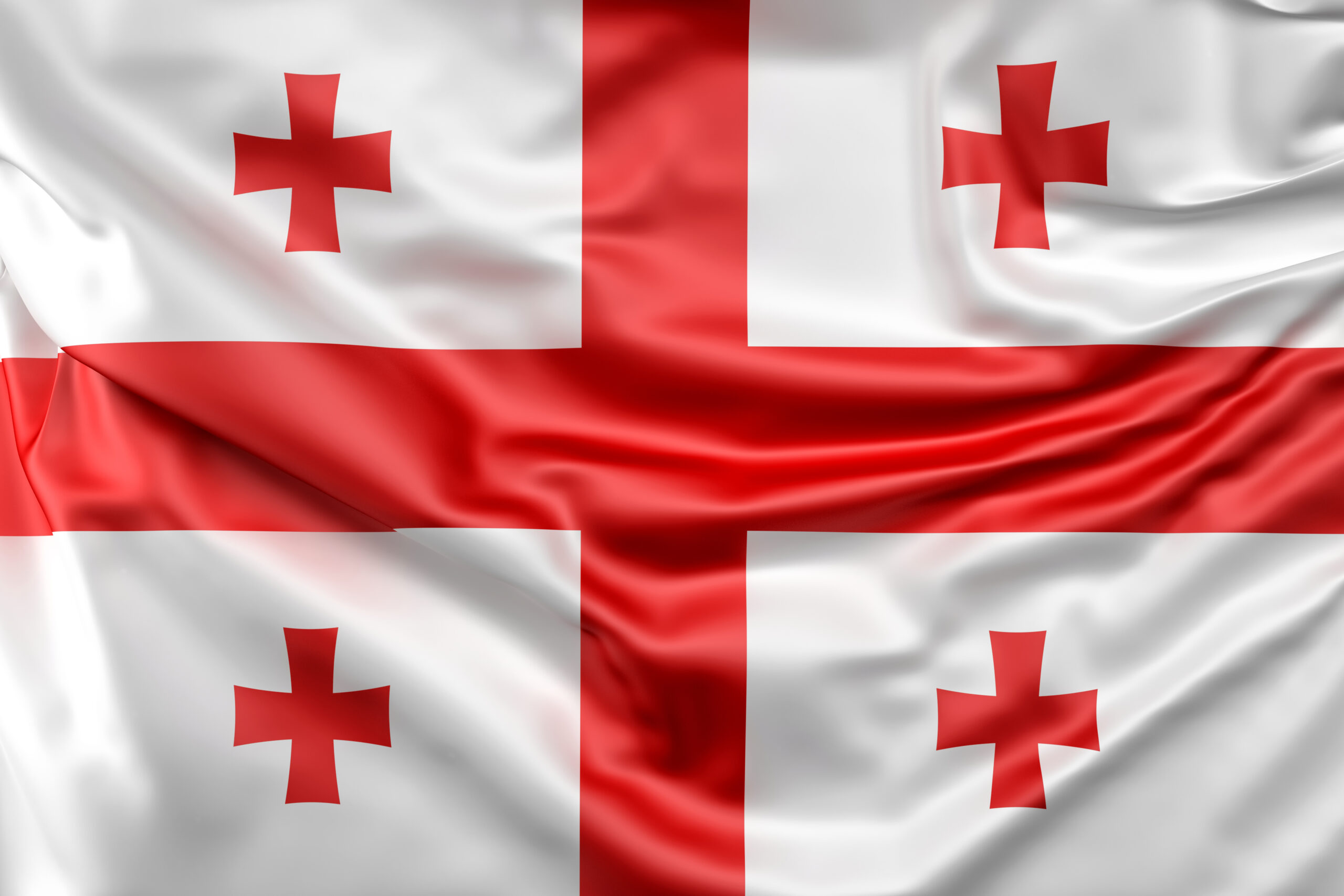Jawaharlal Nehru visited Tbilisi in 1955, during his tour of the Soviet Union, and met with Georgian Indologist and Sanskrit scholar Aka Morchiladze. Indira Gandhi visited the city during her tour of the Soviet Union in 1976. Foreign Minister Atal Bihari Vajpayee visited Georgia in June 1978.
India was among the first countries to officially recognize Georgia, doing so on 26 December 1991. Diplomatic relations were established on 28 September 1992. Georgian Foreign Minister Irakli Menagarishvili visited New Delhi in May 2000. This was the first diplomatic visit between the two countries since Georgia’s independence. Menagarishvili held bilateral discussions with Foreign Minister Jaswant Singh on 11 May.
Georgia opened an honorary consulate in New Delhi in 2005, and upgraded it to an embassy in 2010. The first resident Ambassador of Georgia to India assumed office on 25 February 2010. Secretary in the Ministry of Overseas Indian Affairs Parvez Dewan represented India at the first “Day of Diaspora” celebrations in Tbilisi in May 2012. Deputy Foreign Minister David Jalagania led a Georgian delegation to attend the first Inter-Governmental Commission (IGC) in Delhi April 2014. India’s Central Election Commissioner Nasim Zaidi participated in the International Conference of Election Commissioners in Batumi in February 2015. An Indian Foreign Ministry delegation attended the AIIB Founding Member countries expert Meeting in Tbilisi in July 2015. Chairperson of the Election Commission of Georgia Tamar Zhvania visited New Delhi on 13 July 2015. During the visit, the two countries signed an MoU for cooperation in election management and administration.
Indian Election Commissioner O.P. Rawat and two other Election Commission officials visited Kakheti province, Georgia to participate in a multilateral event on electoral practices on February 2016. Deputy Economy Minister Ketevan Bochorishvili visited India in April 2016. The Second Session of the India-Georgia Inter-Governmental Commission on Trade, Economic, Scientific & Technological, Cultural and Educational Cooperation (IGC) was held in Tbilisi on 25 July 2016.
Georgia has supported India at various international fora and multilateral organizations. The country supported India’s candidatures at the International Civil Aviation Organization (ICA), the Executive Board of UNESCO, and membership of the Council of International Maritime Organization (IMO) in 2013, the UNHRC in 2014, and the World Customs Organization in 2015. India voted for Georgia’s candidate at the International Hydrographic Organization (IHO) in 2013.
Bilateral trade between Georgia and India totaled US$107.04 million in 2015-16, declining slightly from $105.02 million in the previous fiscal. India exported $82.57 million worth of goods to Georgia, and imported $24.47 million. The main commodities exported by India to Georgia are cereals, nuclear reactors, boilers, machinery and mechanical appliances, pharmaceuticals, electrical machinery and equipment, aluminum and aluminum articles. The major commodities imported by India from Georgia are fertilizers, aluminum and aluminum articles, copper and copper articles.
Indian firms have made large investments in steel, infrastructure, agriculture farming and service sectors in Georgia. Around 150 Indians, mostly from Punjab, have acquired a combined total of about 1500 hectares of agricultural land for cultivation in Georgia. This is facilitated by the Georgian Government’s policy of encouraging immigration of people with agricultural knowledge to the country in an effort to boost its declining agricultural production. Indian farmers are attracted by the low cost of land in Georgia. One Punjabi Sikh farmer who emigrated to Georgia noted that he could purchase 200 hectares of land in Georgia from the money made by selling one hectare of land in Punjab. Tata Power invested around $280 million in a power project in Georgia.

